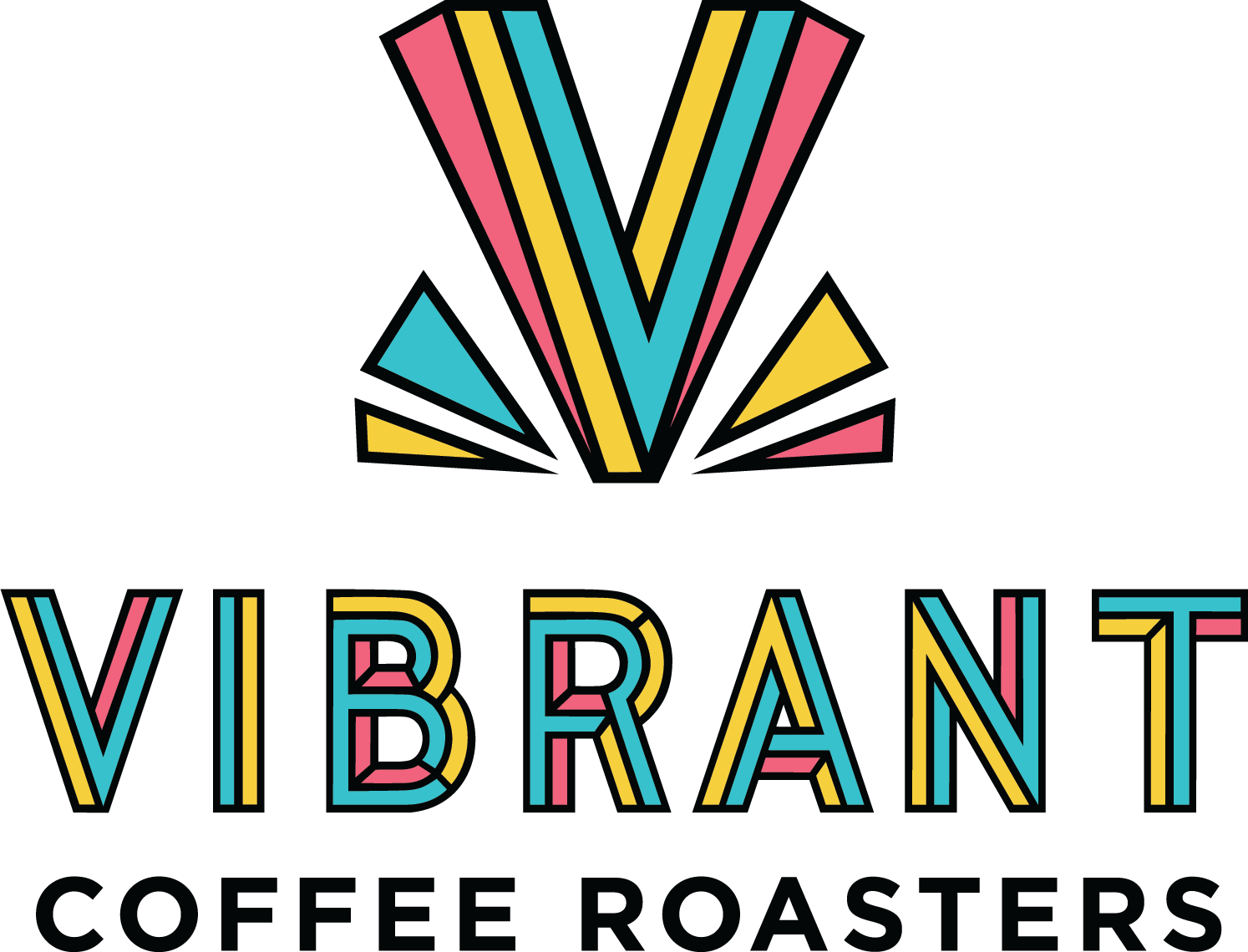What’s Up With Tasting Notes?
You see all those foods and beverages listed on the front of bags of coffee. What are they? Why are they there? It’s confusing.
With non-specialty coffees, they are actually flavors that were added to the coffee beans. Good examples of this would be pumpkin spice coffee, or blueberry coffee that you might find in a grocery store.
Within specialty coffee, however, it is completely different. No flavors have been added to the beans. The foods and beverages you see listed are tasting notes. These are nothing more than the flavors that a roaster has identified hints of when they are tasting a coffee. And it is really important to stress “hints of.” If a bag of coffee says strawberry on the front, it is going to taste like coffee with some hints of strawberry. If you took a bunch of strawberries and smashed them up and then drank it, it would taste a lot more like strawberry than a coffee that has a tasting note of strawberry. How much more depends on the individual coffee - the hints of flavors can be pretty strong or very mild.
Typically these flavor notes are based on cupping. If you aren’t familiar with that process, check out our blog post on it.
Tasting notes can be very misleading. They depend heavily on your grinder and your water composition, so if yours are different than the roasters, then you're going to get different tasting notes even if you are also cupping. For more on how water affects how your coffee tastes, see here. The more uneven the grounds are that your grinder produces, the more of a mish-mash of flavors you are going to get, and the less likely you are to taste your coffee and say aha, this tastes like watermelon!
Furthermore, you can only say that a coffee has a cherry note if you know what cherry tastes like. If we put "gooseberry" on a bag, most Americans wouldn't know what that meant, so of course they won't taste that when they taste the coffee. Now that’s a rather extreme example, but it goes further than that. If you grew up eating lots of apples, you’re more likely to detect a hint of apple in a coffee than someone that grew up eating lots of pears. The flavor that your brain registers is not simply down to which compounds hit your taste buds. It depends on your entire life experience with different foods and beverages.
One other interesting note (no pun intended) is that in a cupping we can often write down 5-10 flavor notes that we think we taste over the course of the tasting session as the coffee cools, but when we make a pourover, the flavor is much more focused and we really only taste one or two things. Those one or two things that we taste in the pourover are not necessarily the two notes that were most prominent in the cupping.
Hopefully you can see now that tasting notes are not absolute facts. There are no right or wrong answers. If the bag says grapefruit but you taste lemon, great! World Coffee Research actually disagrees with us on this and they’ve put together a Sensory Lexicon to standardize what each tasting note means, but we feel like this does more harm than good, especially for consumers.
So why are they on the bag then, if they are kind of subjective and everyone is going to taste different things anyway? Well, we don’t really have a better system for trying to differentiate between coffees. We suppose each bag could just list where the coffee came from and then have relative scores of sweetness, acidity, bitterness, aroma, body, etc. but there would be something missing. Kenyan coffee would be a great example where that kind of system wouldn’t help. Some Kenyans taste like tomatoes. High sweetness and high acidity, like biting into a juicy heirloom tomato. Some Kenyans taste like blackberries. Also high sweetness and high acidity, like biting into a juicy fresh blackberry. A simple scoring system wouldn’t differentiate between the two. And the tomato flavor is very polarizing. Some people consider it a defect. Some people love it. It is very helpful to have the bag say blackberry or tomato on it.

